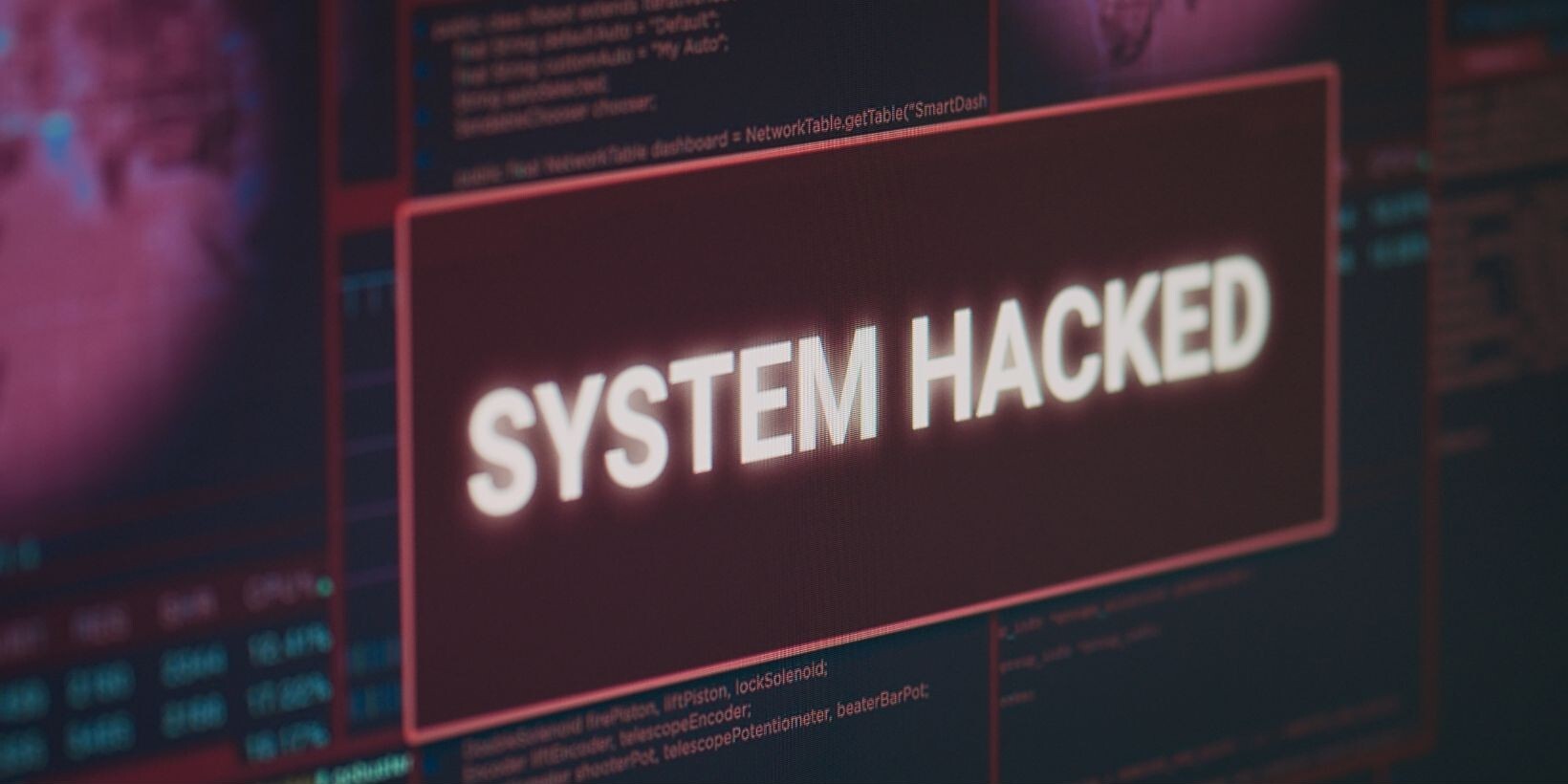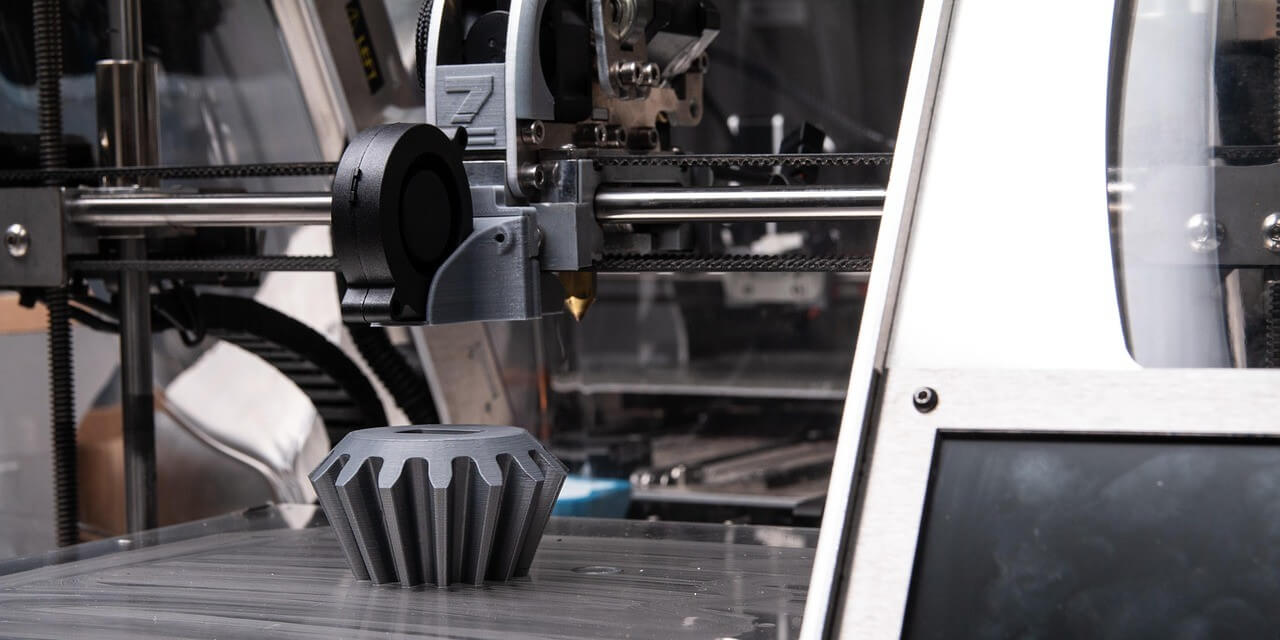Cyber-attacks on companies: types and how to prevent them

Industrial digitisation is advancing rapidly, but so are the threats. Every year, cyber-attacks on companies increase, especially in sectors such as manufacturing, energy, food and logistics, where the convergence between IT and OT systems expands the attack surface.
At Overtel, we know that protecting information, production, and digital traceability is a strategic priority. That's why in this article, we analyse the most common types of cyberattacks, their consequences and best practices to strengthen enterprise cybersecurity in industrial environments.What is a cyberattack, and why does it affect all companies?
A cyberattack is a malicious action aimed at disrupting, stealing, altering or destroying information or computer systems. Unlike a technical or human error, it implies a clear intentionality and usually has economic, strategic or industrial sabotage motivations.
According to the ENISA Threat Landscape 2025 report, cybercrime accounts for more than 60% of recorded incidents in Europe, with ransomware as the most prevalent and high-impact threat.
Attacks on industrial infrastructures (OT/IT) and social engineering campaigns targeting employees and suppliers have increased in frequency and sophistication, affecting both large companies and SMEs in the energy, food and logistics sectors.
In addition, international studies, such as those by Cybersecurity Ventures, estimate that 60% of SMEs that suffer a serious cyberattack do not manage to recover within six months, which shows that digital resilience is already a business survival factor.
Digitalisation - essential for efficiency and sustainability - has also opened new doors for cybercriminals. Hence, the need to adopt industrial cybersecurity strategies aligned with Industry 4.0 principles.
The most common types of cyber-attacks on companies.
Cyberattacks evolve every year, but their fundamentals remain the same: exploiting vulnerabilities to gain access, data or control. These are the most common in business and industrial environments:
-
Phishing and credential theft.
Phishing continues to be the most common attack. Employees receive fake emails impersonating suppliers or internal managers, requesting passwords or bank details.
-
Ransomware and data hijacking
This attack encrypts system files and demands a financial ransom to release them. In industry paralysis, it can paralyse entire production lines.
-
DDoS attacks and system saturation
Denial-of-service attacks (DDoS) saturate servers with massive amounts of traffic, rendering systems or web services inoperable. In connected factories or logistics platforms, this can bring critical operations to a halt.
-
Industrial malware and spyware
Malware is malicious software that infiltrates equipment or networks to steal information or alter processes. In OT environments, it can even physically affect machinery.
-
Social engineering and human manipulation
More than 80% of successful attacks start with human error. Attackers manipulate employees into handing over sensitive information or performing dangerous actions.
-
Unpatched vulnerabilities
Unpatched or outdated systems are an open door. Updating software is a simple measure, but it remains one of the most neglected.
-
Insider threats and negligence
Not all attacks come from outside. Disgruntled employees or lack of access protocols can lead to information leaks or disruptions to critical systems.
Real impact and consequences of suffering a business cyberattack
A single incident can have devastating consequences:
Economic damage and loss of operations.
According to the ENISA Threat Landscape 2025 report, cybercrime remains the main threat to the manufacturing sector in the EU, with 59.3% of recorded incidents linked to criminal activity, especially ransomware. This type of attack generated prolonged interruptions to operations and significant economic losses in European companies, such as the cases of Medion AG and Arntz Optibelt Group in Germany, which suffered production stoppages and critical systems were affected.
Reputational damage and loss of trust
Attacks not only compromise the confidentiality, integrity and availability of data, but also cause operational and economic impacts that are difficult to quantify, especially in industrial and logistics sectors.
Legal risks (GDPR, NIS2)
Data incidents and data breaches in the EU increase the regulatory exposure of companies for non-compliance with GDPR and NIS2 reporting obligations, especially in sectors such as manufacturing, transportation, energy and digital. These legal frameworks require reporting incidents within a maximum of 24 to 72 hours, with potential penalties that can reach up to 2% of annual global turnover or €10 million, reinforcing the importance of having cyberattack detection and response plans in place.
Exposure of sensitive data
Leaking blueprints, formulas or customer information directly affects competitiveness and industrial confidentiality.
How to protect your company against cyber-attacks
At Overtel, we are committed to preventive and continuous cybersecurity , designed to reduce risks before incidents occur. We combine advanced technology, monitoring processes and training to guarantee the comprehensive protection of each company's IT/OT infrastructure.
-
IT/OT security audit
Cybersecurity starts with an accurate diagnosis. Our IT/OT security audits identify vulnerabilities in networks, servers, production environments and connected devices. This analysis allows us to prioritise risks and design action plans tailored to each organisation's operating environment.
-
Configuration of backup and recovery systems
Having secure and immutable backups is essential to minimise the impact of attacks such as ransomware. At Overtel, we configure automated backup systems that guarantee fast and secure recovery of critical data, even in the event of sabotage or encryption.
-
Installation of advanced protection tools (EDR and antivirus).
We implement new-generation EDR (Endpoint Detection & Response) and antivirus solutions capable of detecting, isolating and neutralizing threats before they compromise the network or affect production. These tools act intelligently, analysing suspicious behaviour in real time.
-
Continuous network monitoring
Continuous monitoring is key to detecting and stopping a cyberattack in time. Our systems analyse network activity 24/7, identifying unauthorised access, information leaks or traffic anomalies. This allows us to anticipate attacks and protect the operational continuity of companies.
-
Multifactor authentication (MFA)
We reinforce the security of critical access through multifactor authentication (MFA), preventing password theft through phishing or social engineering from compromising essential systems.
-
Personalised cybersecurity consulting
Every company has a different level of digital maturity. That is why we offer personalised advice, helping to define prevention strategies, response protocols and internal policies adapted to each industry sector. In addition, we foster a cybersecure culture through hands-on training, so that teams learn to recognise real threats and react in time.
At Overtel, we believe that prevention is the best defence. If you want to know the real level of your company's exposure to cyber-attacks, request a free cybersegurity audit and discover how to strengthen your IT/OT environment with customised solutions.
What to do if your company suffers a cyber-attack
No organisation is exempt from risk. If an attack occurs, an agile response can make all the difference.
Immediate detection and containment
Identifying the point of entry and isolating compromised systems prevents the attack from spreading.
Activating the response plan
Following a pre-defined contingency plan streamlines coordination between technical, legal and communications teams.
Communication (internal and external) and GDPR notification
Transparent reporting is essential. If personal data has been compromised, the company must notify the AEPD within 72 hours.
Post-incident recovery and improvement
After containing the attack, systems must be restored, the origin analysed, and defences reinforced to prevent future incidents.
Trends in cyber-attacks 2026
Cyberattacks are evolving at the pace of technology. These are the main trends that will mark the coming years:
AI in cyberattacks (deepfakes, adaptive phishing).
Cybercriminals use generative artificial intelligence to create phishing and realistic impersonations using voice, video or image deepfakes. There are warnings of an increase in these techniques, which enhance social engineering and financial fraud.
Attacks on cloud and supply chain environments
Interconnection with external suppliers and systems multiplies attack vectors.
Ransomware as a Service (RaaS)
Ransomware has become industrialised: criminal groups sell attack "kits" to non-technical third parties.
Industrial OT and IoT attacks
Connected industrial systems (machines, sensors, PLCs) are particularly vulnerable, as they often lack security updates.
Rise of corporate cyber-resilience
The objective is no longer just to prevent an attack, but to ensure operational continuity and recover quickly after an incident.
Overtel: cybersecurity for industrial companies
At Overtel, we help industrial companies protect their critical infrastructures against cyber-attacks with solutions tailored to your industrial reality.
Our services include:
- IT/OT security audit, to identify vulnerabilities and strengthen the protection of networks, servers, industrial equipment and control systems.
- Configuration of backup and recovery systems to restore operations in the event of attacks or critical failures.
- Installation of advanced protection tools, such as EDR and new generation antivirus solutions, to detect and neutralise threats in real time.
- Continuous network monitoring, with constant supervision of activity and early detection of anomalous behaviour.
- Personalised cybersecurity consulting, aimed at developing protection strategies adapted to the sector, size and level of digital maturity of each company.
Thanks to our experience in industrial sectors, we combine technical knowledge with operational understanding.
Investing in cybersecurity protects your company's future. Digitalisation brings efficiency, but also exposure. Every connection, every sensor and every piece of data is a potential gateway for cybercriminals.
Request a free audit and know your real level of exposure to cyber-attacks.
Our team of experts will help you strengthen the security of your IT and OT environment, aligning technology, people and processes for total protection.
FAQs about Cyberattacks
What are the most common cyberattacks?
Phishing, ransomware, DDoS, industrial malware, and social engineering.
How can I protect my company from ransomware?
By using immutable backups, MFA, advanced EDR tools, IT/OT security audits, and 24/7 monitoring.
What should I do if my company suffers a cyberattack?
Isolate affected systems, activate your response plan, notify according to GDPR/NIS2, and contact cybersecurity experts.
What trends will shape the coming years?
Generative AI, deepfakes, ransomware-as-a-service, and attacks targeting industrial OT/IoT environments.
.png?width=501&height=92&name=Overtel%20Logo%20Postivo%20(7).png)


